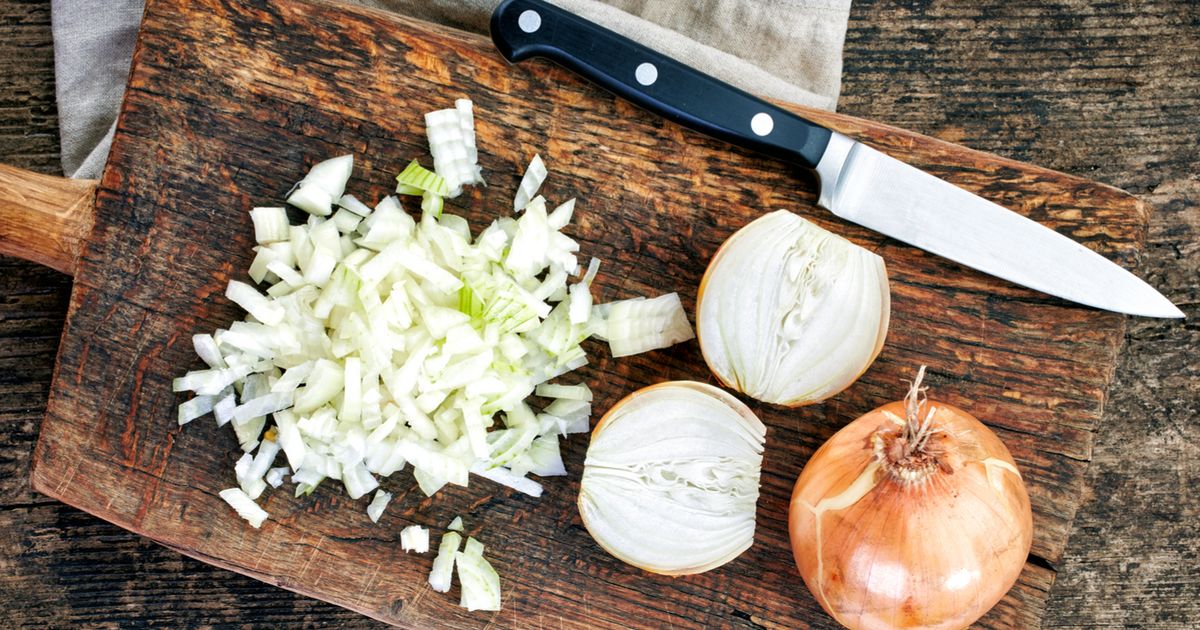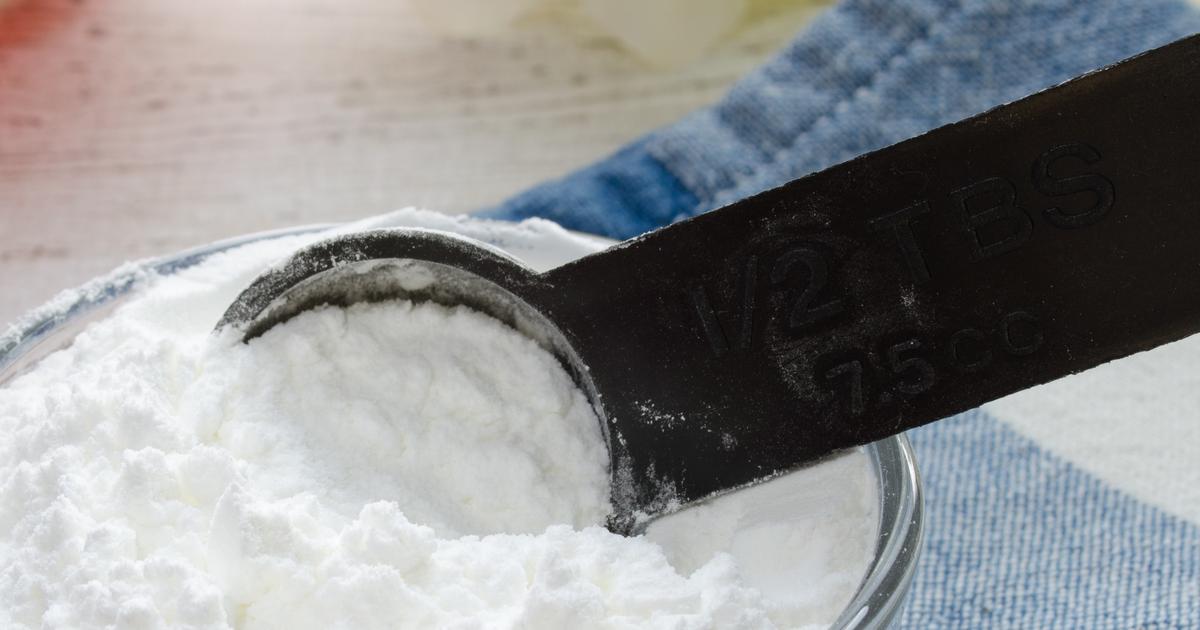Simple Home Remedies To Reduce The Appearance Of Scars
Scars can occur for any number of reasons, from surgery to acne and burns. No one wants to deal with these unsightly marks, regardless of the cause of the scar. Unfortunately, most individuals believe all scars are permanent and will not completely disappear. Others may be overwhelmed with all the choices out there, or are unable to afford expensive scar removal treatments. The good news, however, is there are quite a few home remedies to help fade the appearance of many scars. Dive into the thick of it now!
Onion Extract

When it comes to home remedies for reducing scarring, onion extract is one of the lesser-known treatments, though it is genuinely quite effective. Research has found scars improved significantly in approximately four weeks for most patients. Onion extract can be found on its own or as an active ingredient in some creams or gels. When onion extract is on its own, just apply a few drops to the scar depending on its size once each day, preferably after showering to avoid washing off the extract right away.
Improvements after four weeks include the softening of scars, a reduction in redness, and general appearance improvements. The exact time it will take to make the scar completely disappear depends on the severity of the scar when treatment began, if the individual always applies the treatment or forgets, and occasionally the reason the scar is there in the first place, and how long it was there before beginning treatment.
Homemade Exfoliator

Exfoliating helps remove dead skin and the top layer of our skin, which helps remove scars left behind by acne, injuries, and surgery. There are many commercial exfoliators out there, but many of them are full of chemicals and other ingredients likely to elicit a skin reaction. To avoid this, try making an exfoliator at home. There are countless recipes out there, but perhaps the most popular (and the simplest) is to mix some baking soda and water until they make a paste.
Then, individuals should apply the paste in circular motions to their face as they would with any other commercial exfoliator or cleanser. Once done, they should rinse with water, pat dry, and apply a daily moisturizer. When beginning this treatment, individuals should start with just once a day to avoid skin reactions. While this is perfect for scars on the face, it can help with other parts of the body as well. Skin needs vitamins to remain healthy.
